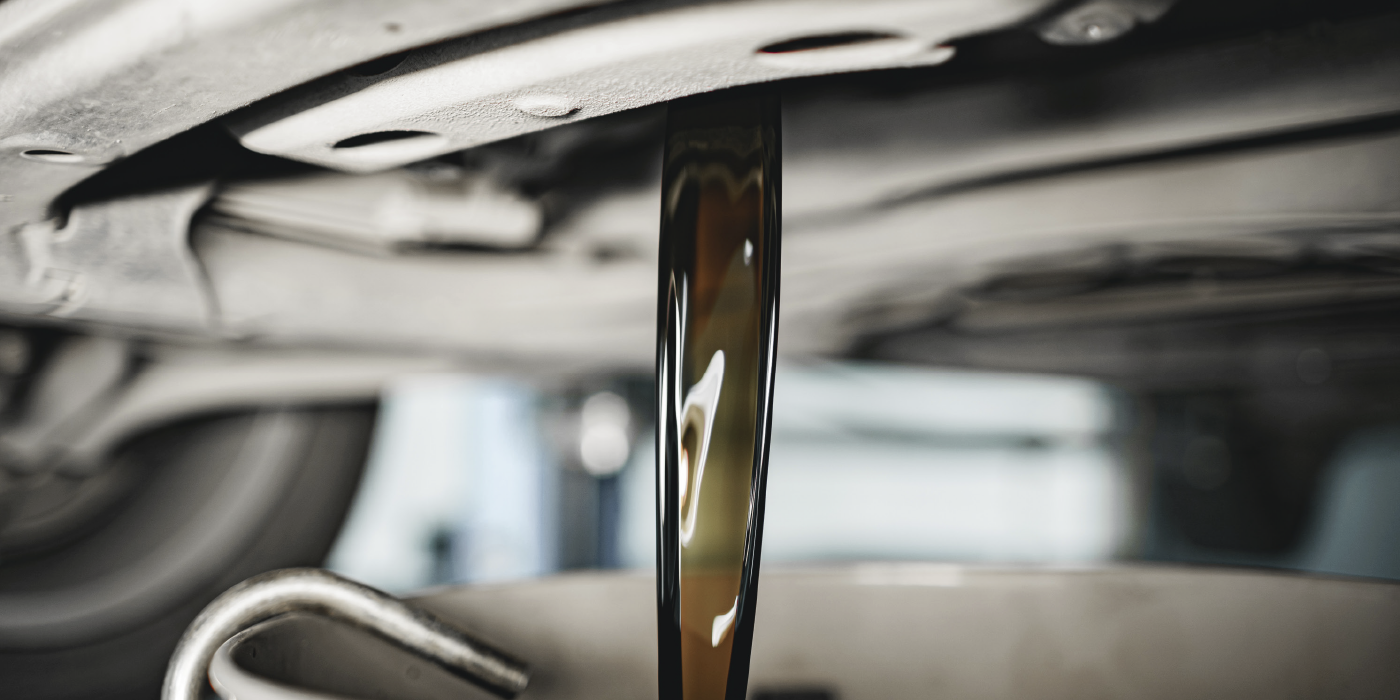The Goodyear Gatorback Poly-V belt will celebrate its 10th season this year as NASCAR’s predominant underhood belt. Veyance Technologies, the manufacturer of Goodyear Gatorback belts, says it continues to work with NASCAR Sprint Cup teams to push technology forward and ensure engine components run smoothly under the extreme conditions found on NASCAR race tracks.
Perhaps nowhere are the performance and durability of Goodyear Gatorback belts put to the test as much as at Bristol Motor Speedway, the company says. Known as the “World’s Fastest Half-Mile,” Bristol played host to the NASCAR Sprint Cup Series this past weekend.
“Belts see the hardest wear at Bristol with constantly changing engine speed,” said Mike Gregg, chief belt engineer for Veyance. “Races like Bristol are proof why NASCAR engines are a perfect testing ground for us to push the envelope on new ‘track-to-street’ technology. Having our belts on every NASCAR Sprint Cup Series race car in the circuit helps us develop our products for the future and improve belts used by everyday motorists.”
With more than 30 years of experience providing innovative solutions to NASCAR teams, Gatorback belts have been responsible for a number of key racing developments during the past decade, the company points out. Most notably, a 2002 rule change that was driven by advancements in Goodyear Gatorback belts permits the use of Poly-V belts to prevent “roll-over,” a serious concern for v-belts rotating at NASCAR speeds.
Other notable Gatorback belt technology achievements over the past 10 years include:
• 2002: Veyance designed a new Poly-V belt using a combination of helical cogged ribs and an EPDM synthetic rubber compound. Introduced at Daytona in February, the new compound was put into production later that same year for Gatorback Poly-V belts sold to the automotive aftermarket.
• 2005: Veyance developed a patented low-friction, abrasion-resistant coating for timing belts to withstand the high temperatures found in today’s racing engines.
• 2007: Veyance introduced Gatorback cam-drive belts to handle a 40 percent load increase.
• 2008: Veyance introduced a new oil pump drive belt using materials developed for the cam belt, including a heavier cord and low-friction coating. The coating helps prevent track debris from sticking to and damaging the belt’s surface, while the heavier cord enables the belt to run should debris causes minor damage.
Goodyear Gatorback has been an exclusive NASCAR Performance partner since 2001, as well as sponsor of the Goodyear Gatorback Belts Fastest Lap award, presented each week to the eligible driver who turns the fastest lap while leading the race. The driver who wins the most Goodyear Gatorback Belts Fastest Lap Awards during the course of the season is presented a trophy and year-end bonus at the season-ending Myers Brothers Award luncheon in Las Vegas.













